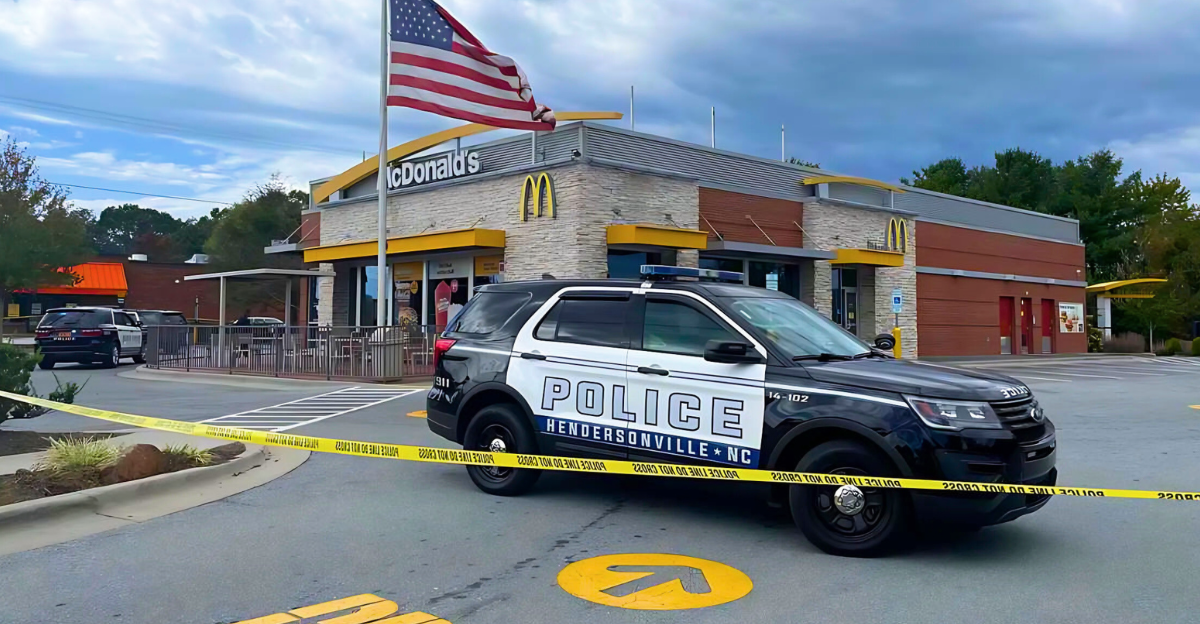
Something significant is unfolding in the fast-food world this week, sparking a quiet but powerful movement that threatens to disrupt the industry. An iconic brand, long a staple in American dining, is now at the center of growing consumer unrest. This movement is a fleeting protest and a coordinated call to action that could reshape fast-food giants’ operations.
The question is on everyone’s mind: which company faces this mounting pressure? The answers lie in a story of shifting consumer expectations, corporate decisions, and a nationwide response that could alter the landscape of fast food forever.
Nationwide Ripples of Concern
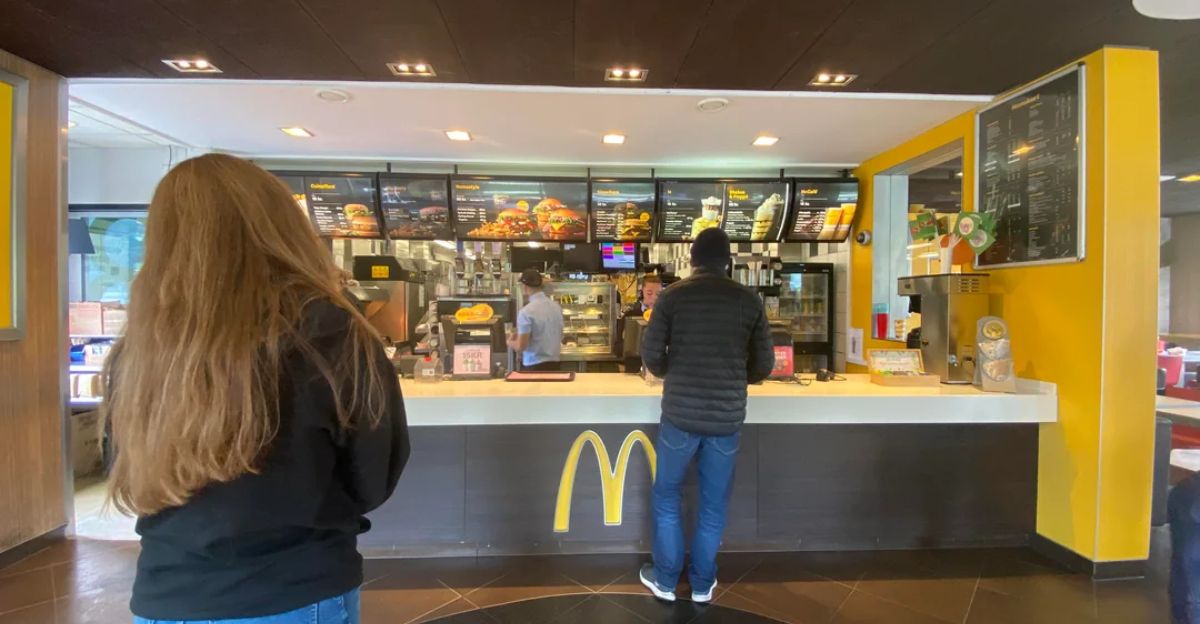
Across the United States, from bustling cities to small towns, customers are questioning the future of their favorite fast-food stops. This is no isolated event but a nationwide phenomenon, with regions lighting up in response to the unfolding boycott.
News headlines flash warnings and updates, signaling a widespread movement that touches every corner of the country. The scale of this protest underscores the depth of dissatisfaction and the collective power of consumers demanding change.
Nostalgia Meets Reality

For decades, this fast-food chain has been woven into the fabric of American life: birthday parties, late-night cravings, and family dinners, all marked by its familiar golden arches. These memories evoke warmth and comfort, making the current unrest all the more poignant.
Yet, beneath the nostalgia lies a growing tension as customers grapple with rising prices and shifting company policies. The contrast between cherished memories and present-day challenges sets the stage for a story of conflict and change.
Signs of Trouble

Recent developments reveal troubling trends: rising prices, declining customer satisfaction, and mounting controversies. Graphs show slipping sales figures while social media buzzes with outrage and calls for accountability.
The beloved brand appears to be losing its way, caught in a storm of criticism over its business practices. This growing dissatisfaction is the prelude to a larger movement demanding that the company reevaluate its priorities and policies.
The Boycott Unveiled
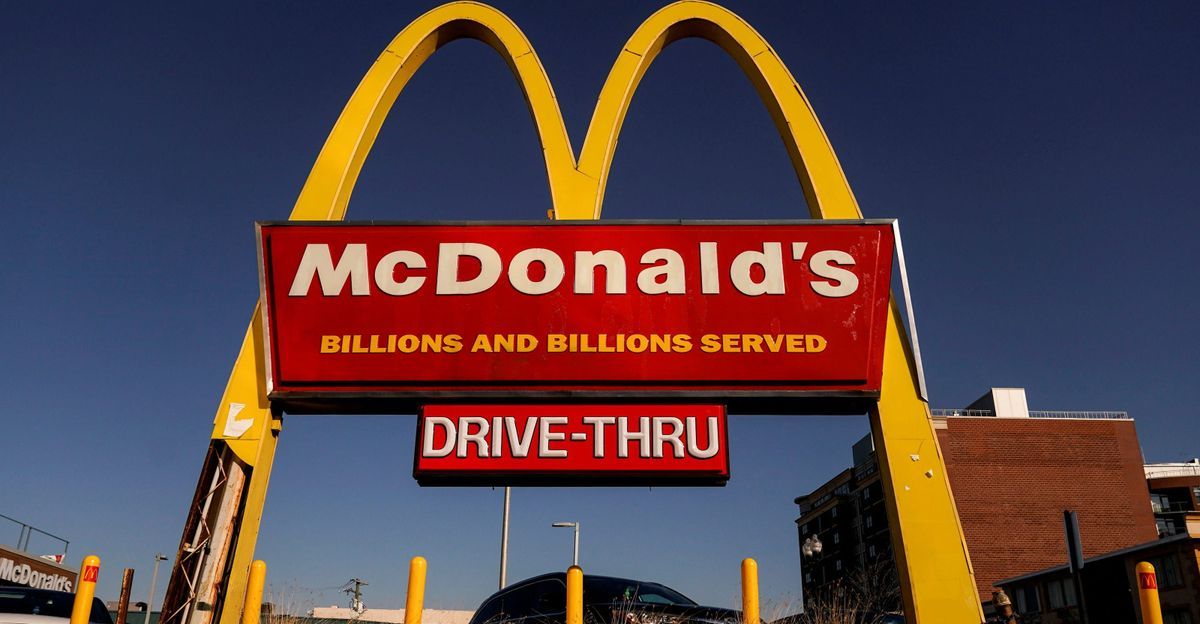
This week, the spotlight shines sharply on McDonald’s as a massive, week-long boycott takes hold. Organized by The People’s Union USA, the protest demands fair taxation, an end to price hikes, and genuine accountability from the fast-food giant.
Protest signs and social media posts flood the scene, signaling a coordinated effort to hit McDonald’s where it hurts their bottom line. This boycott is more than a consumer gripe; it challenges corporate practices that many see as exploitative and unfair.
Impact Felt Across Regions
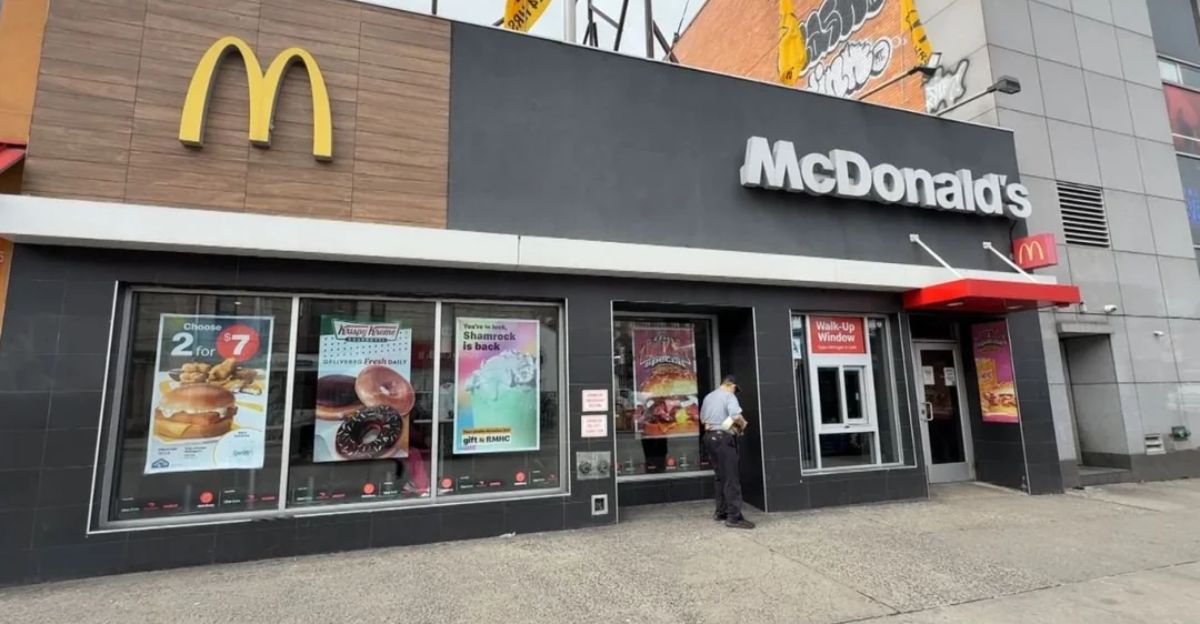
From Los Angeles to New York, the boycott’s effects are visible at local McDonald’s outlets. Empty drive-thrus and quiet dining rooms reflect a growing consumer refusal to support the chain.
Regional news coverage highlights the uneven yet significant drops in foot traffic, showing how the movement resonates differently across communities. This regional variation adds emotional weight as local customers express their frustrations and hopes for change.
Franchisees Caught in the Crossfire
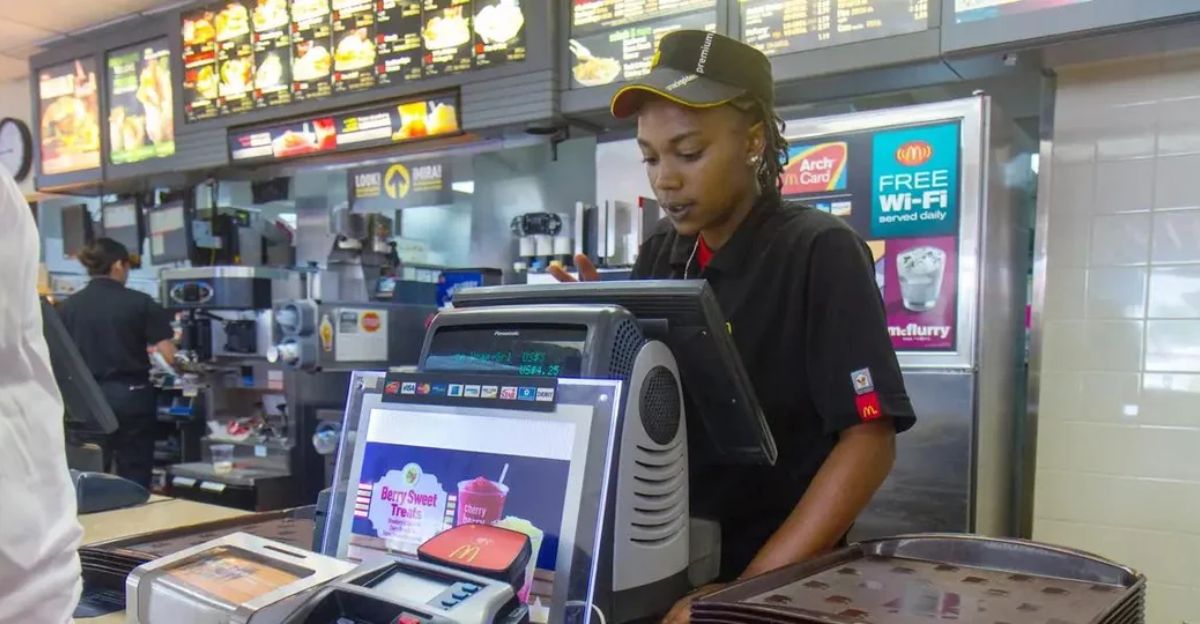
Behind the counters, franchise owners face mounting pressure. Many are already struggling with rising operational costs and are now confronting fewer customers due to the boycott. Interviews reveal their concerns and the challenges of balancing corporate demands with local realities.
This internal strain highlights the complex ripple effects of the protest, affecting not just the corporation but the individuals who run its stores on the ground.
Competitors Seize the Moment
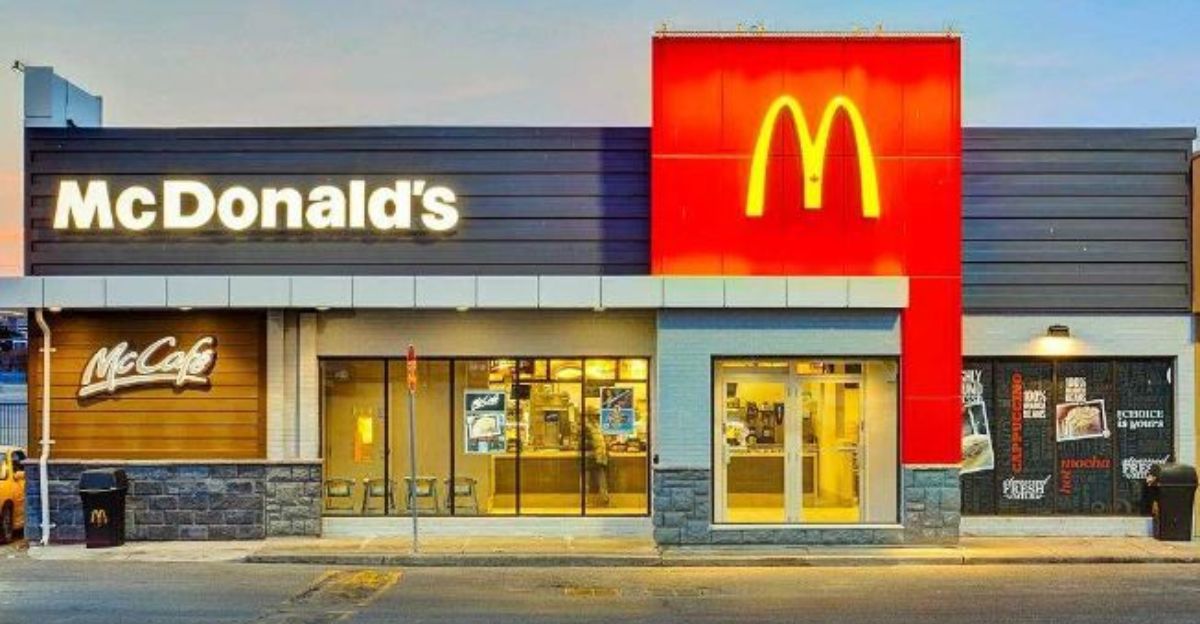
As McDonald’s grapples with backlash, rival fast-food chains capitalize on the opportunity. Promotional ads and price comparisons flood the market, with competitors emphasizing value and social responsibility.
This competitive dynamic intensifies the pressure on McDonald’s, forcing the company to rethink its strategies amid a shifting consumer landscape. The fast-food industry is being tested by changing expectations and economic challenges.
Industry-Wide Shifts

The boycott reflects broader trends beyond one company. Changing consumer habits, rising demands for ethical business practices, and economic uncertainty reshape the fast-food sector. Health-conscious and plant-based options gain traction, while delivery apps alter dining patterns.
The industry must adapt quickly or risk losing relevance in a market increasingly driven by values and economic realities.
What Lies Ahead?

As the boycott week concludes, a pressing question remains: will this movement spark meaningful change at McDonald’s, or is it just the beginning of a larger push for corporate accountability? Social media hashtags and public demonstrations suggest the momentum may continue.
Stakeholders, customers, and the company face a crossroads, with the potential for this protest to influence future policies and reshape the fast-food industry’s relationship with its consumers.
